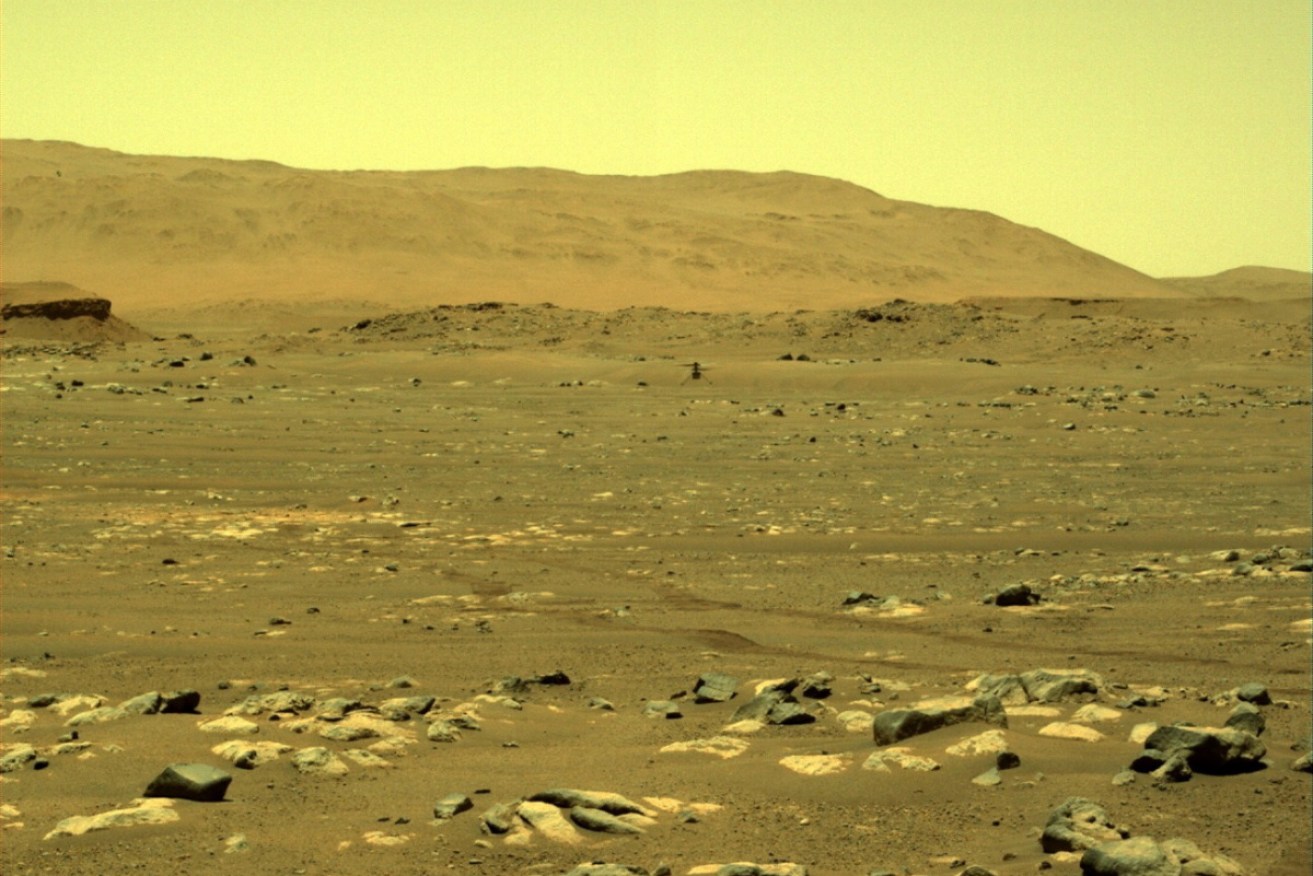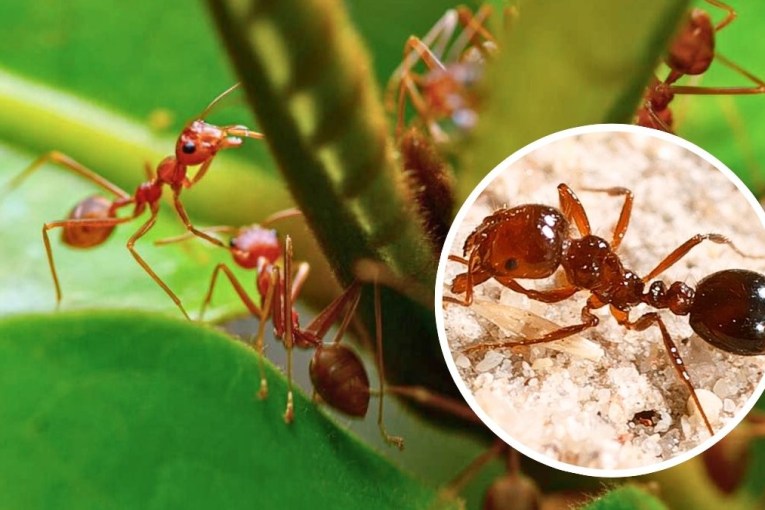NASA extracts oxygen from thin Mars air


The MOXIE device is the first instrument to produce oxygen on another world. Photo: EPA
NASA’s Perseverance rover has notched another first on Mars, converting carbon dioxide from the Martian atmosphere into pure, breathable oxygen, the US space agency says.
The unprecedented extraction of oxygen, literally out of thin air on Mars, could eventually pave the way for astronauts to explore the Red Planet someday.
The feat was achieved Tuesday (US time) by an experimental device aboard Perseverance, a six-wheeled science rover that landed on the Red Planet on February 18 after a seven-month journey from earth.
In its first activation, the toaster-sized instrument dubbed MOXIE, short for Mars Oxygen In-Situ Resource Utilisation Experiment, produced about five grams of oxygen, equivalent to roughly 10 minutes worth of breathing for an astronaut, NASA said.
Although the initial output was modest, the feat marked the first experimental extraction of a natural resources from the environment of another planet for direct use by humans.
While it may not have been enough oxygen to make a difference for later exploration missions, much larger MOXIE successors could potentially be game-changers, allowing Mars astronauts to “live off the land” rather than depend on costly and infrequent resupply from Earth, agency officials have said.
“MOXIE isn’t just the first instrument to produce oxygen on another world,” Trudy Kortes, director of technology demonstrations within NASA’s Space Technology Mission Directorate, said in a statement on Wednesday.
She called it the first technology of its kind to help future missions “live off the land” of another planet.
The instrument works through electrolysis, which uses extreme heat to separate oxygen atoms from molecules of carbon dioxide, which accounts for about 95 per cent of the atmosphere on Mars.
The remaining five per cent of Mars’ atmosphere, which is only about one per cent as dense earth’s, consists primarily of molecular nitrogen and argon. Oxygen exists on Mars in negligible trace amounts.
But an abundant supply is considered critical to eventual human exploration of the Red Planet, both as a sustainable source of breathable air for astronauts and as a necessary ingredient for rocket fuel to fly them home.
According to NASA, getting four astronauts off the Martian surface would take about seven tonnes of rocket fuel, combined with 25 tonnes of oxygen.
Transporting a one-ton oxygen-conversion machine to Mars is more practical than trying to haul 25 tonnes of oxygen in tanks from earth, MOXIE principal investigator Michael Hecht, of the Massachusetts Institute of Technology, said.
Astronauts living and working on Mars would require perhaps one tonne of oxygen between them to last an entire year, Mr Hecht said.
-with AAP








